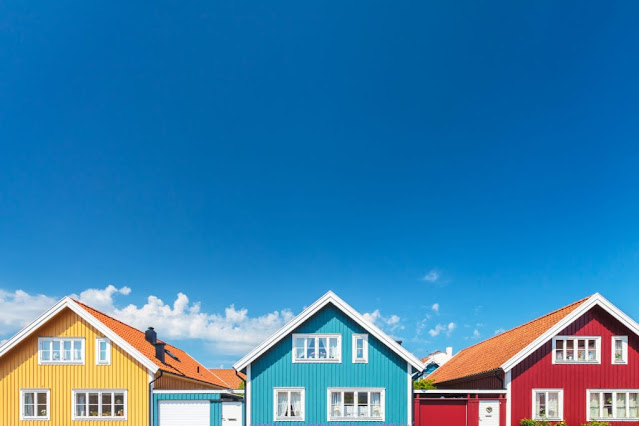Best Paint Pallet for your Home's Exterior
Use the following pointers, alongside the assistance of the knowledgeable, to settle on a color scheme that works both for your style and for your home’s surroundings.
1. Plan around the Elements That Are Hardest to Change Unless you’re doing an entire renovation, surfaces like roof shingles or tiles, stonework, pathways, and driveways will remain in situ. Take these into consideration as you decide on exterior wall paint colors. Look for undertones between them that may inform your palette.
2. Consider Your Home’s style of architecture and Era
Many paint manufacturers offer collections of historically accurate colors, which may be a superb springboard for your palette, and you furthermore may consult knowledgeable people who focus on this area. You don’t need to adhere strictly to historical guidelines unless codes for your home and neighborhood specify otherwise, except for the foremost pleasing effect, don’t stray too far away from them.
If you're stuck for inspiration, an architect or a color consultant can also assist you to come up with a mixture that works for your home’s style.
3. Believe the Visual Effect you would like
Mull over your home’s relationship to the road and therefore the landscape. Does it sit back from the road or amid a cluster of huge, towering trees? you would possibly choose a rather lighter or brighter color so that it stands out.
4. Choose Several Paint Shades
Essentially, an exterior paint scheme has three major parts: field color, which dominates; accent color, which brings doors, shutters, and other smaller areas to life; and trim color, used for window and door casings, roof edging, railings, and other trim.
If your main hue is dark, consider classic white trim or another pale shade. a light-weight field color can look stunning with darker trim — like eyeliner for your home, it produces a crisp, dramatic effect. be happy to travel boldly with accent colors, but don’t go overboard. A door painted bright red or gamboge adds just the proper accent. Extending that very same shade to the shutters and gables could also be an excessive amount.
5. Never believe Paint Chips Alone
Just like interior colors, exterior paint shades can vary significantly from the way they seem on the chip. And since painting an exterior wall painting may be a bigger undertaking than simply painting an area, you’ll want to urge them right the first time.




Comments
Post a Comment